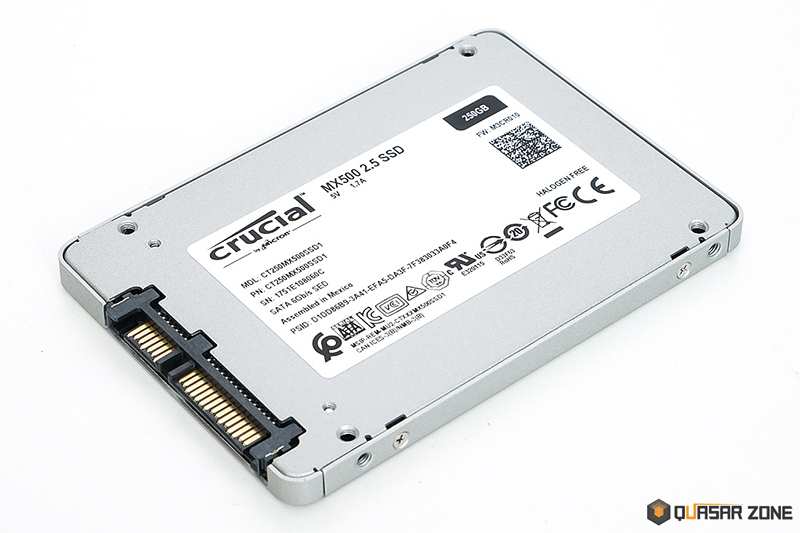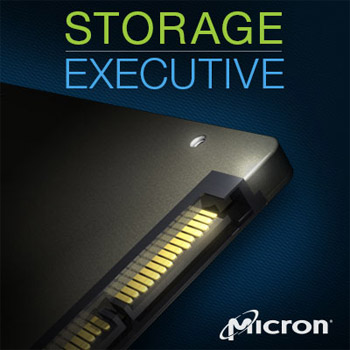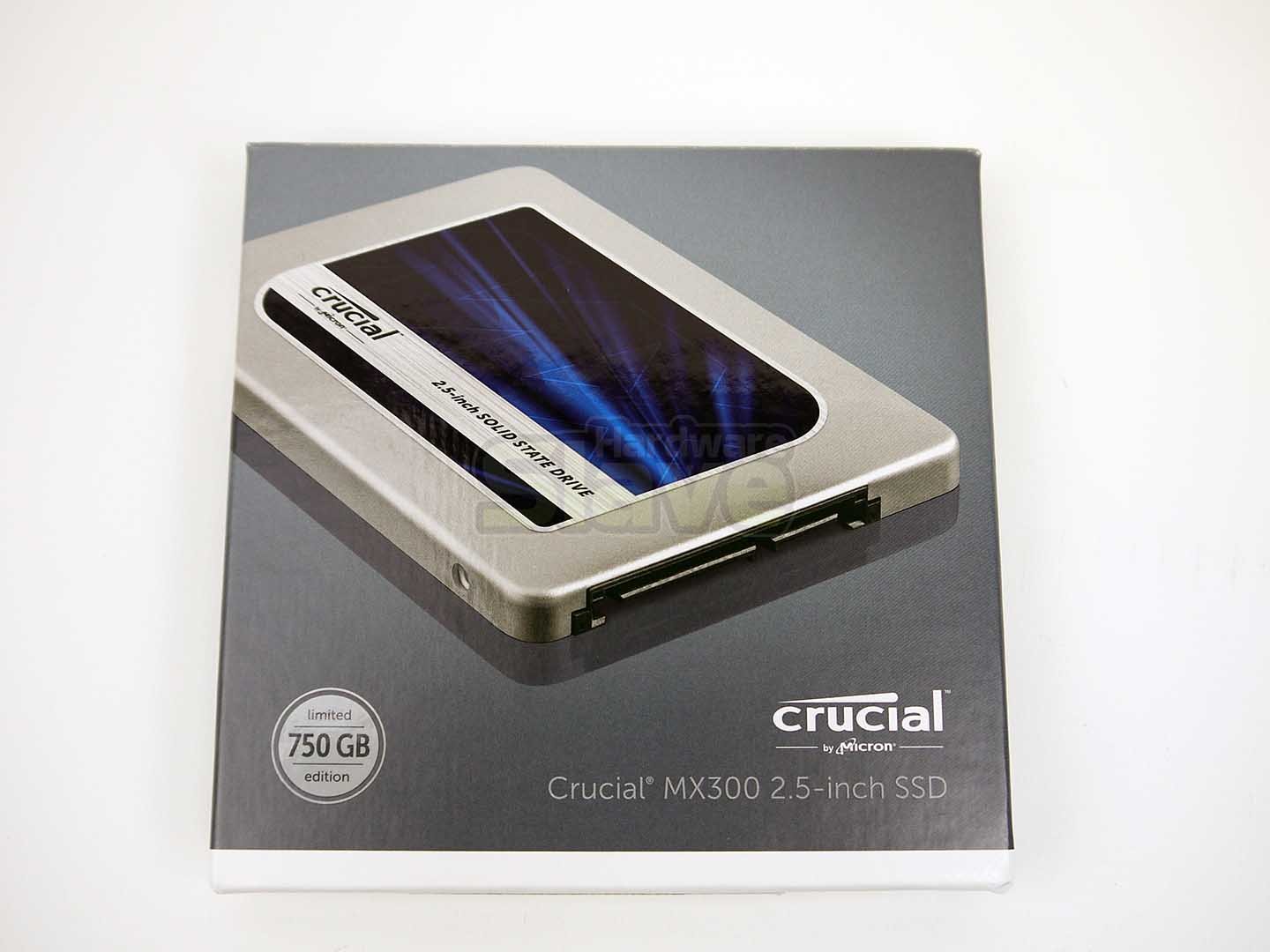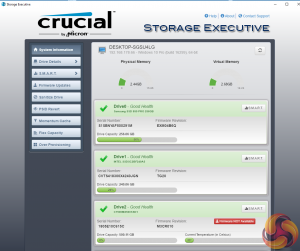

- #Crucial storage executive wont recognize mx300 serial number#
- #Crucial storage executive wont recognize mx300 install#
- #Crucial storage executive wont recognize mx300 zip file#
- #Crucial storage executive wont recognize mx300 driver#
Even when it will detect other non-Crucial drives in your system. The Crucial MX200 does not support Sanitize so I will attempt to use Dell Data Wipe on it. There are some instances when Crucial’s Storage Executive software will not detect a Crucial SSD. It will inform you the Revert is complete:

Input your PSID and then select yes perform PSID revert: Read the PSID off the label or your picture of the label: Select PSID revert to the left hand side. If the Latest Firmware is not installed, press the button to begin the Firmware Update:
#Crucial storage executive wont recognize mx300 serial number#
If you are unsure reference the Serial Number with the label of the drive. Drive0 is the old mechanical HDD in the OptiPlex 390 used: The splash screen will show for a moment longer: You will need to do so to check for firmware updates for your SSD: You will then get a Windows Security Alert asking if you want to allow the program past your firewall. Select Finish and leave the checkbox Enabled to run the Crucial Storage Executive:
#Crucial storage executive wont recognize mx300 zip file#
If you are still experiencing drive detection issues in Storage Executive, please contact Customer Service so we can assist you further.Right click the zip file and select Extract All…Īccept the License Agreement and Select Next: The Crucial SSD should now be detected and you can utilize all the features in the Crucial software. After following the manufacturer’s instructions on updating the Chipset driver, restart the computer and then launch the Storage Executive software.

#Crucial storage executive wont recognize mx300 driver#
This will cause the system to restart in AHCI mode and, pending the OS changes you performed are correct, the system will boot like normal.Īfter the system is booted in AHCI, the next step would be updating the Chipset driver to its latest revision listed for your computer by the system/motherboard manufacturer on their support site. After changing the necessary settings in the OS, reboot into the BIOS and change the SATA mode to AHCI, then exit saving changes. Since the changes differ depending on each Windows version, be sure to follow the instructions for your specific OS type. To find these instructions, simply search “Change from RAID to AHCI” for your Windows© version. Once you have all the important data backed up, you will need to follow instructions for modifying your systems Operating Systems (OS) prior to changing the BIOS.
#Crucial storage executive wont recognize mx300 install#
If you feel comfortable in your technical abilities (and are not afraid to perform a fresh install if something goes wrong), we recommend backing up any important data first in case there is a problem. We recommend this for only those with strong technical knowledge or professionals due to the risk of systems failing to boot if performed incorrectly. These changes may be difficult for the average computer user. Before making any change in your BIOS, you will need to boot into your computer like normal and adjust the operating system. However, changing this mode is a bit more complex than just selecting AHCI and saving the changes, which results in a blue screen crash.

The recommended setting for a Crucial SSD is AHCI, and having it set as IDE or RAID can cause detection issues in our Storage Executive software. The mode settings are IDE, RAID, or AHCI (Advanced Host Controller Interface). The SATA Mode setting can be in a few different locations depending on the system manufacturer and BIOS or UEFI revision, so you may have to look around to find it. To check this setting, you will need to boot into your system firmware interface, depending on your system either UEFI (Unified Extensible Firmware Interface) or BIOS (Basic Input Output System). The SATA Operation Mode (or SATA Mode) is how the system communicates with the installed drive. Problem solved I changed the SATA operation mode from RAID to AHCI in BIOS setup according the following procedure: 1. The information below will walk you through the most common way to resolve the issue. This occurs either from an outdated or incompatible Chipset/SATA (Serial Advanced Technology Attachment) driver, or when the SATA mode is set to either IDE (Integrated Drive Electronics) or RAID (Redundant Array of Independent Disks). There are some instances when Crucial’s Storage Executive software will not detect a Crucial SSD.


 0 kommentar(er)
0 kommentar(er)
